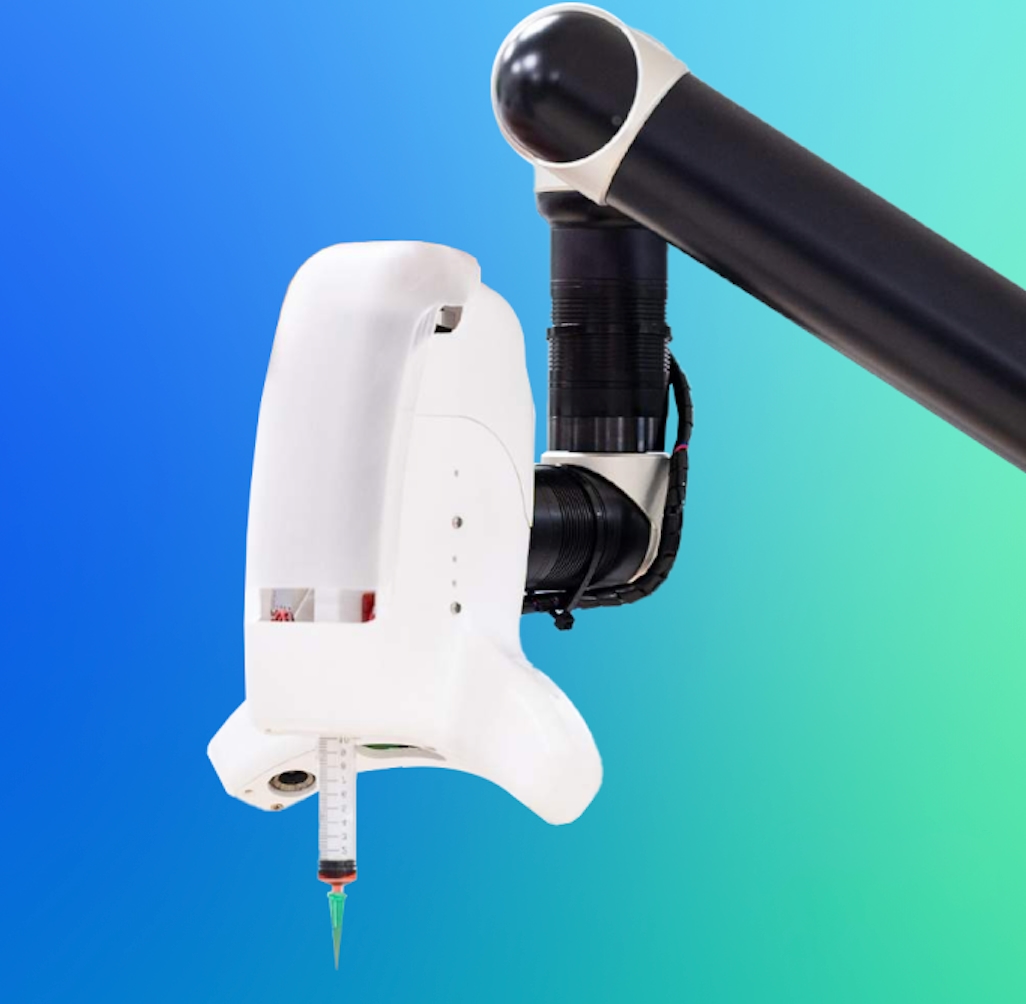Catalog
Search
19 products
View:
- Selected: 0Areas of use
- Selected: 1Item names
- Selected: 0Manufacturer
- Selected: 0Made in
- Selected: 0Additional
View:
19 products
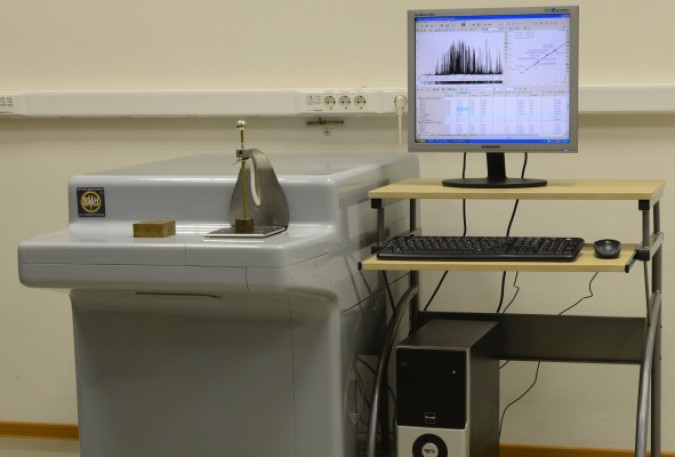
Grand Expert Vacuum Spectrometer
Vacuum spectrometers are designed for rapid analysis of alloys based on iron, copper, aluminum and other metals in factory and research laboratories, including the determination of elements having analytical lines in the field of vacuum ultraviolet (VUV) (for example, S, P and C in steels).
VMK OPTOELEKTRONIKA
Novosibirsk
Produced in: Novosibirsk
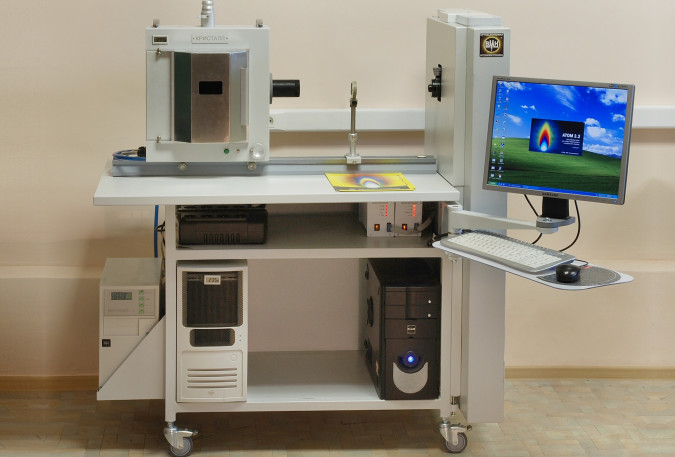
Universal spectrometer "Express"
The spectrometer is designed to perform quantitative and qualitative spectral analysis of various substances and materials (powders, metals, solutions) in factory and research laboratories.
The spectrometer is compact due to the vertical arrangement of the Paschen-Runge optical system. It consists of two MAES analyzers with 10 lines of photodiodes installed on a circle with a radius of 520 mm, a non-classical concave diffraction grating, a special table with a built-in computer and a spectrum excitation source.
VMK OPTOELEKTRONIKA
Novosibirsk
Produced in: Novosibirsk
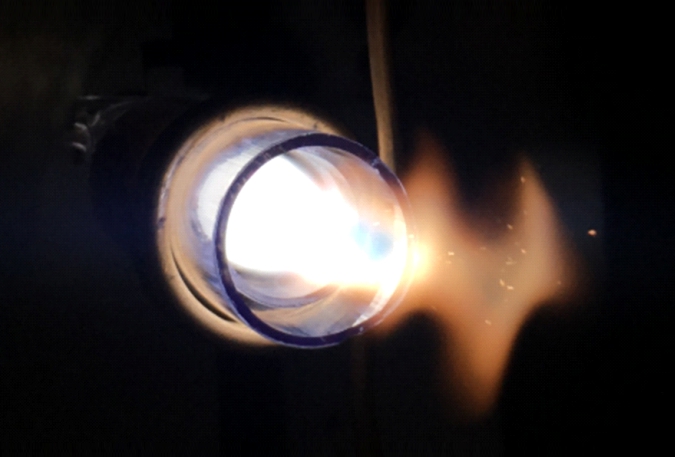
Grand ISP - Inductively coupled plasma mass spectrometer
The dual-view plasma spectrometer can record any spectral line simultaneously at high resolution in the concentration range from fractions of ppb up to tens of percent and offers a wide range of options for any research task.
Designed for the analysis of almost any type of environmental samples – water, soil, precipitation.
Quick switching to work. It does not require a long warm-up.
Low argon consumption.
Easy to use.
VMK OPTOELEKTRONIKA
Novosibirsk
Produced in: Novosibirsk
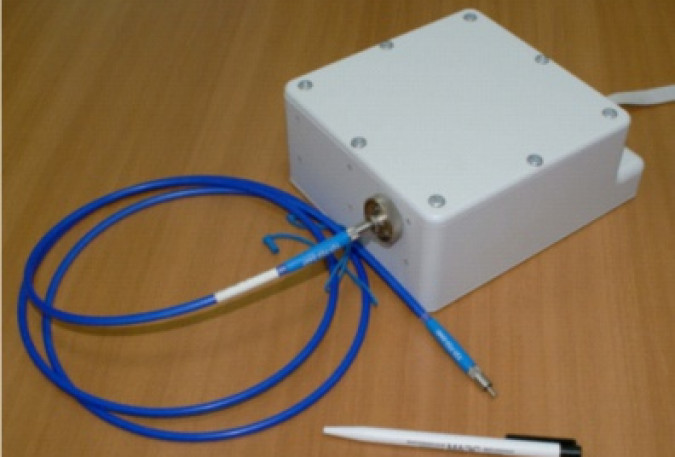
Small-sized multichannel spectrometer - "Hummingbird-2"
The spectrometer was created according to the Cherni-Turner scheme based on a flat diffraction grating and an MAES analyzer with one line of photodetectors. It has increased photometric accuracy due to cooling and temperature stabilization of the photodetector range, as well as due to its shell-less design, in which there is no re-reflection of radiation on the cover glass and the background level in the recorded spectrum decreases. The optical scheme and design of the spectrometer are optimized to obtain a high-quality spectrum with a low level of background radiation in any of the regions lying in the spectral range of 190-1100 nm. The choice of the working area is carried out by changing and rotating the diffraction gratings. The sealed case of the spectrometer is filled with an inert gas. The radiation is injected into the spectrometer using a quartz capacitor or a fiber-optic cable with an SMA-905 connector. The optical scheme and design of the spectrometer are protected by patents.
VMK OPTOELEKTRONIKA
Novosibirsk
Produced in: Novosibirsk
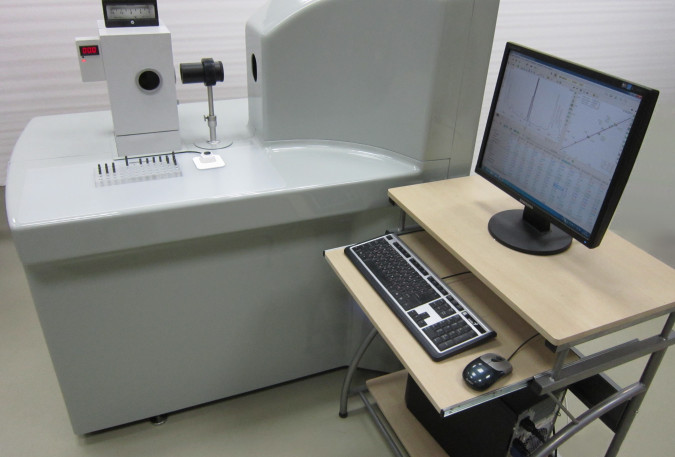
Diesel engine oil spectrometric analysis system "EXPRESS-OIL"
Diesel engine oil spectrometric analysis system "EXPRESS-OIL" is designed to analyze engine oils according to GOST 20759 and determine the concentration of wear elements of rubbing diesel parts, contaminants and additives in diesel engine oils during scheduled maintenance and repair of traction rolling stock in locomotive repair depots, as well as electronic accounting and analysis of dynamics data the content of wear elements in engine oils for each locomotive, as well as the determination of the composition of metals and alloys according to GOST, greases (according to CTCH-28/4, CTCHS-53) and other materials.
VMK OPTOELEKTRONIKA
Novosibirsk
Produced in: Novosibirsk
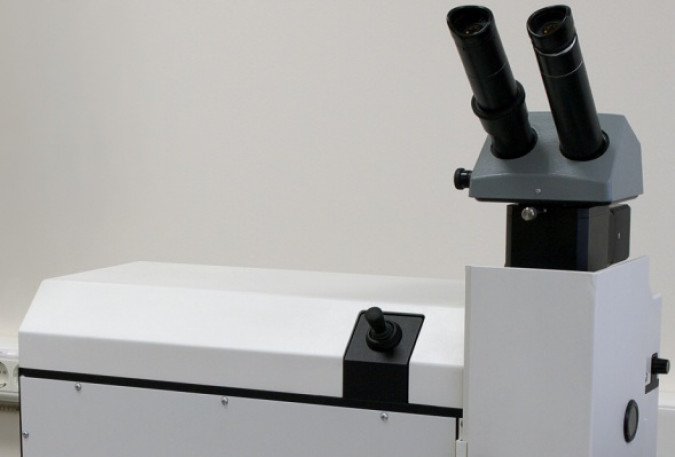
Two-pulse laser source of excitation of atomic emission spectra
The laser source is designed to excite atomic emission spectra when performing qualitative spectral analysis of hard rocks - metals, minerals, glasses and others.
The source is based on a two-pulse YAG: Nd laser with electro-optic Q-switching operating at the main wavelength of 1064 nm. The duration of each pulse is no more than 10 ns, and the delay between them is adjustable from 0 to 60 microseconds.
The possibility of the laser beam to focus on an area of 300 to 1000 microns makes it possible to conduct microanalysis of inclusions, perform two-dimensional scanning of the surface or locally analyze samples with virtually no damage to the surface. A significant advantage of the laser source is the expressiveness and lack of special sample preparation for a wide range of conductive and non-conductive materials.
Visual observation and pointing of the beam at the sample is carried out using a stereoscopic microscope integrated into the system, as well as a high-resolution digital video camera with image transmission to a computer.
Moving the instrument table with a fixed sample is possible both manually for adjustment, and with the help of stepper motors in two coordinates during analysis, which provides surface scanning and spectrum recording with reference to the video image. The installation can be used in conjunction with any spectral devices – "Grand", "Aspect", "Express", "Hummingbird-2", STE-1, DFS-458, MFS-8, PGS-2 and others. The laser source is designed to excite atomic emission spectra when performing high-quality spectral analysis of hard rocks – metals, minerals, glasses and others.
VMK OPTOELEKTRONIKA
Novosibirsk
Produced in: Novosibirsk
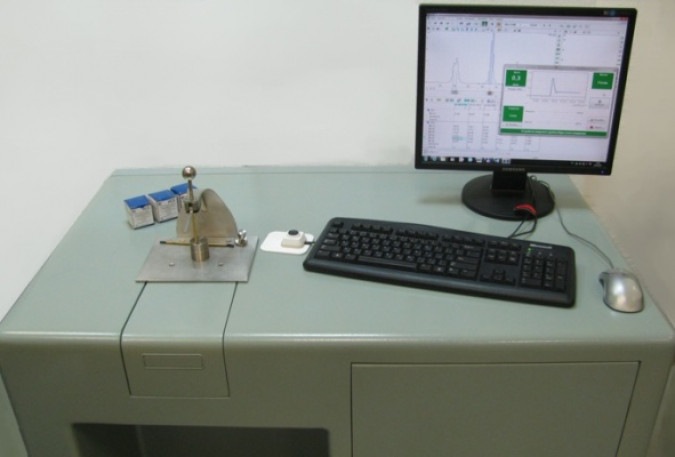
Steam generator of analytical samples of metal samples "Aspect"
During operation, the steam generator of metal samples "Aspect" provides control of all devices of the atomic emission spectral analysis complex - the MAES analyzer, the Ball Lightning generator, the inclusion of external devices;
A spark unipolar discharge is excited between a tungsten counterelectrode and the surface of the test samples - ingots of precious metals or other metal samples;
The intensity of erosion of the sample surface is regulated by changing the repetition frequency and power of spark pulses generated by a computer-controlled semiconductor spark generator;
The stability and quality of the frisking is monitored using a built-in spectrometer via optical fiber;
An adjustable flow of high-purity argon passes through the spark discharge zone in a sealed discharge chamber, picks up sample particles obtained by spark erosion of the surface and transfers them in the form of an aerosol to the area of the mixer/sprayer of the inductively coupled plasma torch of the optical emission spectrometer.;
The flow of high-purity argon is supplied, controlled and regulated by a microprocessor-controlled mass flow controller in the range from 0.5 to 3 l/min. Feed stability 0.01 l/min.
VMK OPTOELEKTRONIKA
Novosibirsk
Produced in: Novosibirsk
